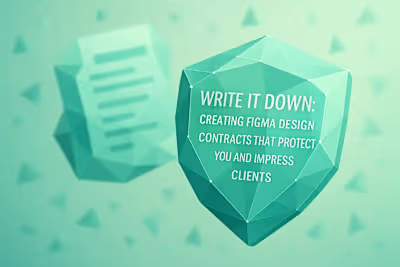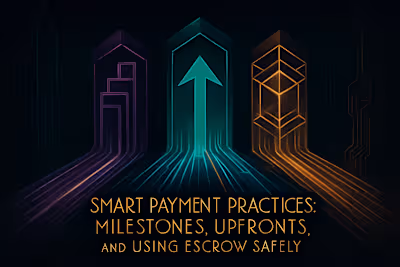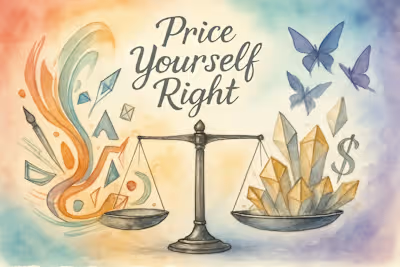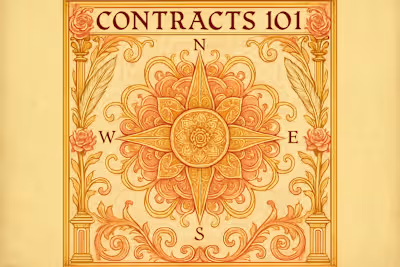Negotiation Ninja: How Figma Designers Can Charge More Without Scaring Clients Away
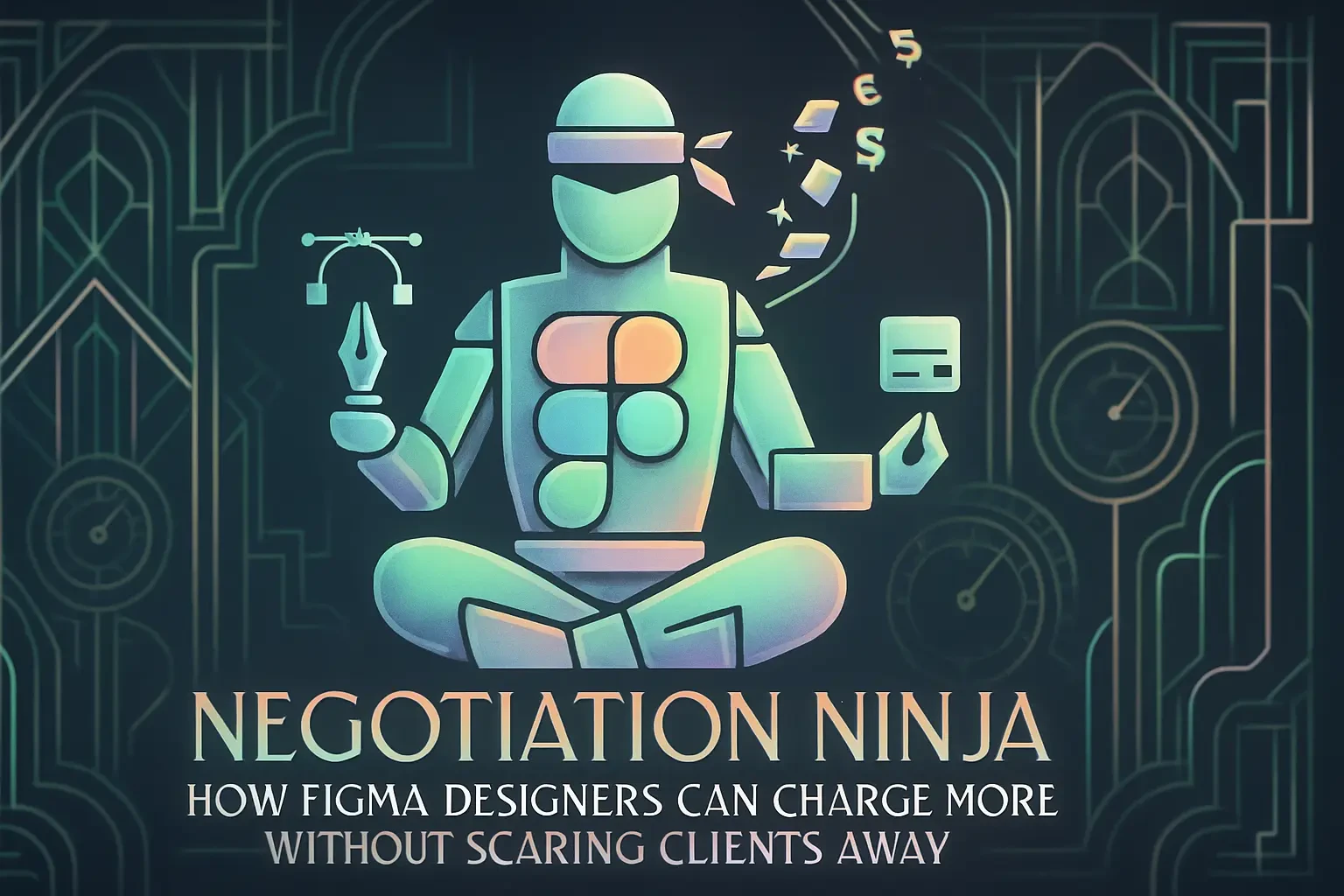
Negotiation Ninja: How Figma Designers Can Charge More Without Scaring Clients Away
The Mindset of a Master Negotiator
From 'Cost' to 'Investment'
Know Your Value and Your Walk-Away Point
Aim for a Win-Win Outcome
Preparation: The Key to a Confident Negotiation
Research Your Client and Their Needs
Prepare Tiered Pricing Options
Craft Your Value Statement
Essential Tactics for the Negotiation Table
The Power of the Anchor
How to Handle the 'You're Too Expensive' Objection
Use Silence to Your Advantage
Negotiating Beyond the Price Tag
Adjusting the Scope of Work
Negotiating Payment Terms
Asking for Non-Monetary Value
Putting It All Together
References
Negotiation Ninja: How Figma Designers Can Charge More Without Scaring Clients Away
The Mindset of a Master Negotiator
From 'Cost' to 'Investment'
Know Your Value and Your Walk-Away Point
Aim for a Win-Win Outcome
Preparation: The Key to a Confident Negotiation
Research Your Client and Their Needs
Prepare Tiered Pricing Options
Craft Your Value Statement
Essential Tactics for the Negotiation Table
The Power of the Anchor
How to Handle the 'You're Too Expensive' Objection
Use Silence to Your Advantage
Negotiating Beyond the Price Tag
Adjusting the Scope of Work
Negotiating Payment Terms
Asking for Non-Monetary Value
Putting It All Together
References
Posted Jul 6, 2025
Learn essential negotiation tactics for freelance Figma designers. Discover how to communicate your value, handle price objections, and confidently ask for higher rates.






